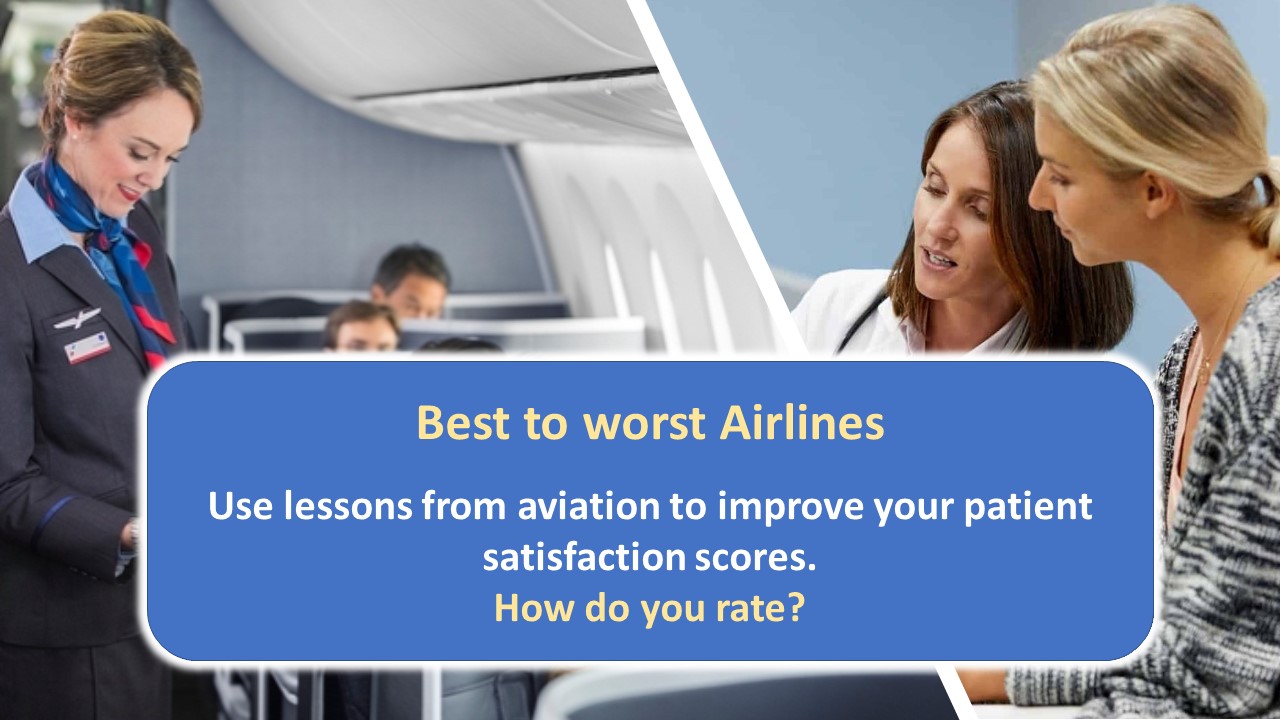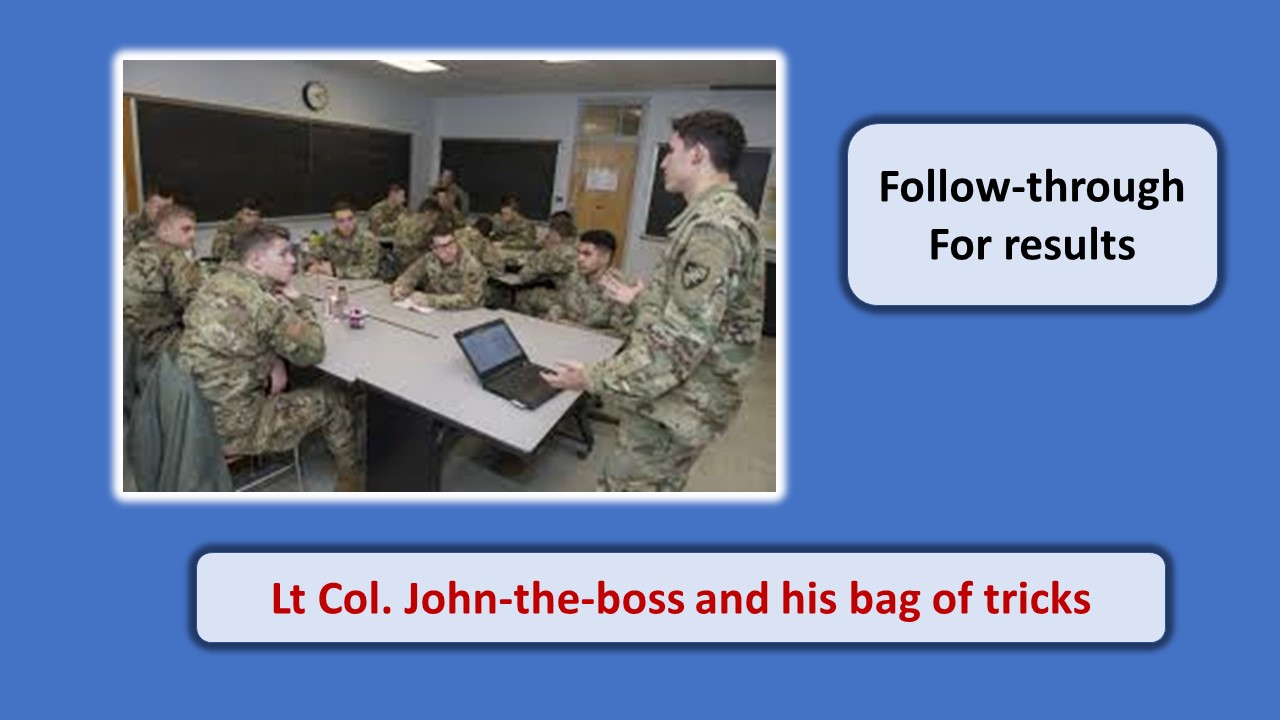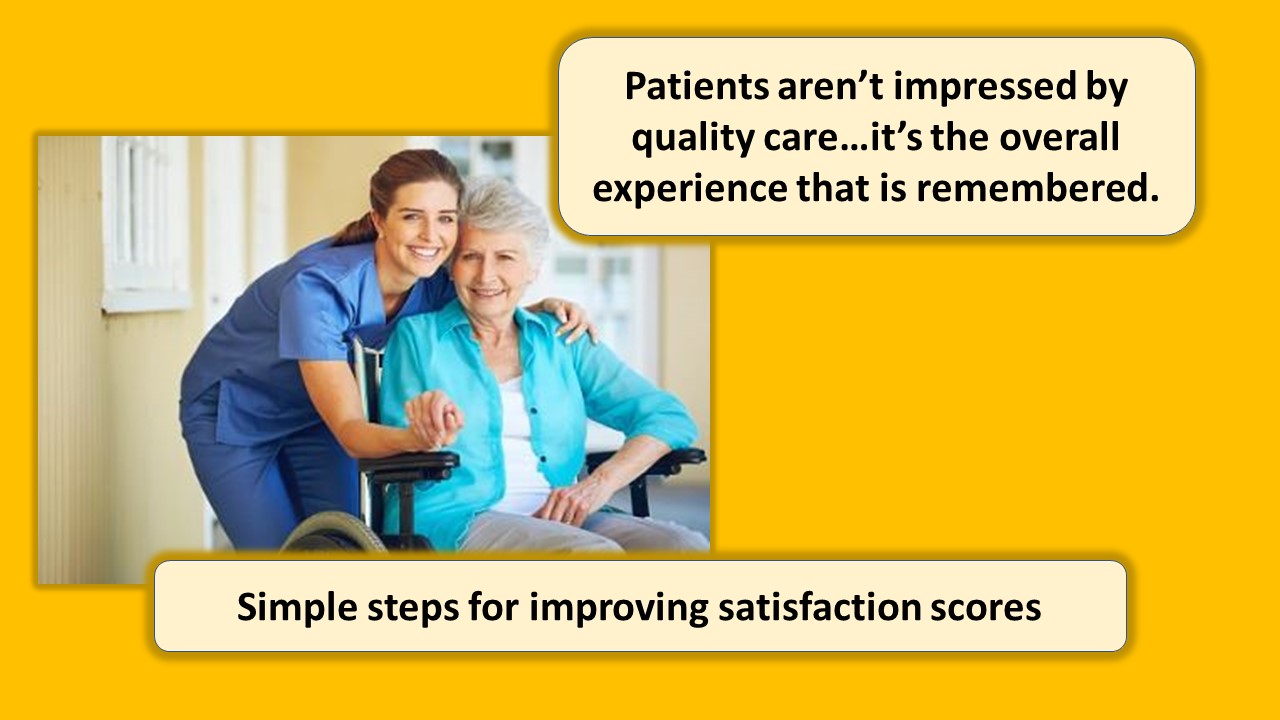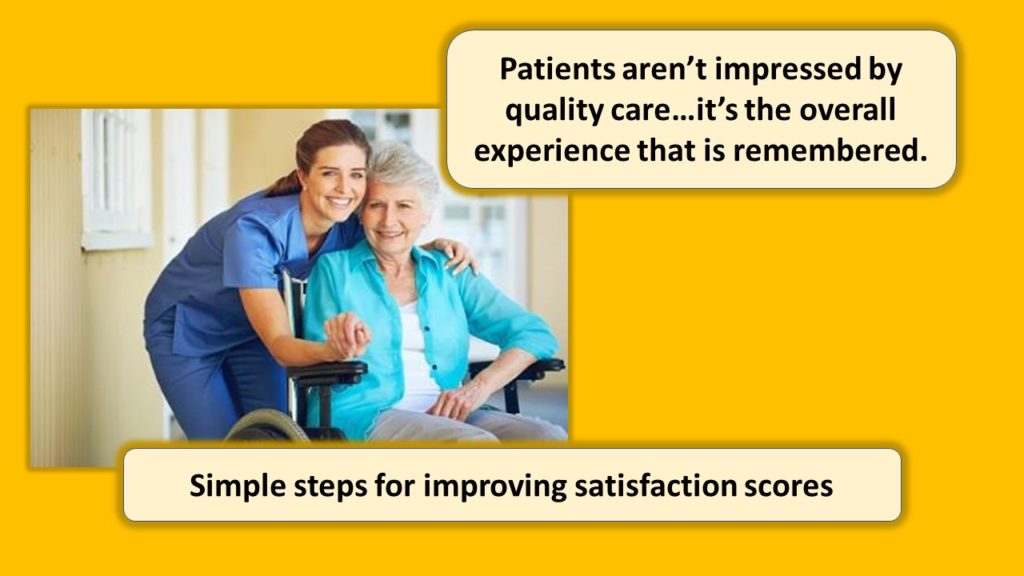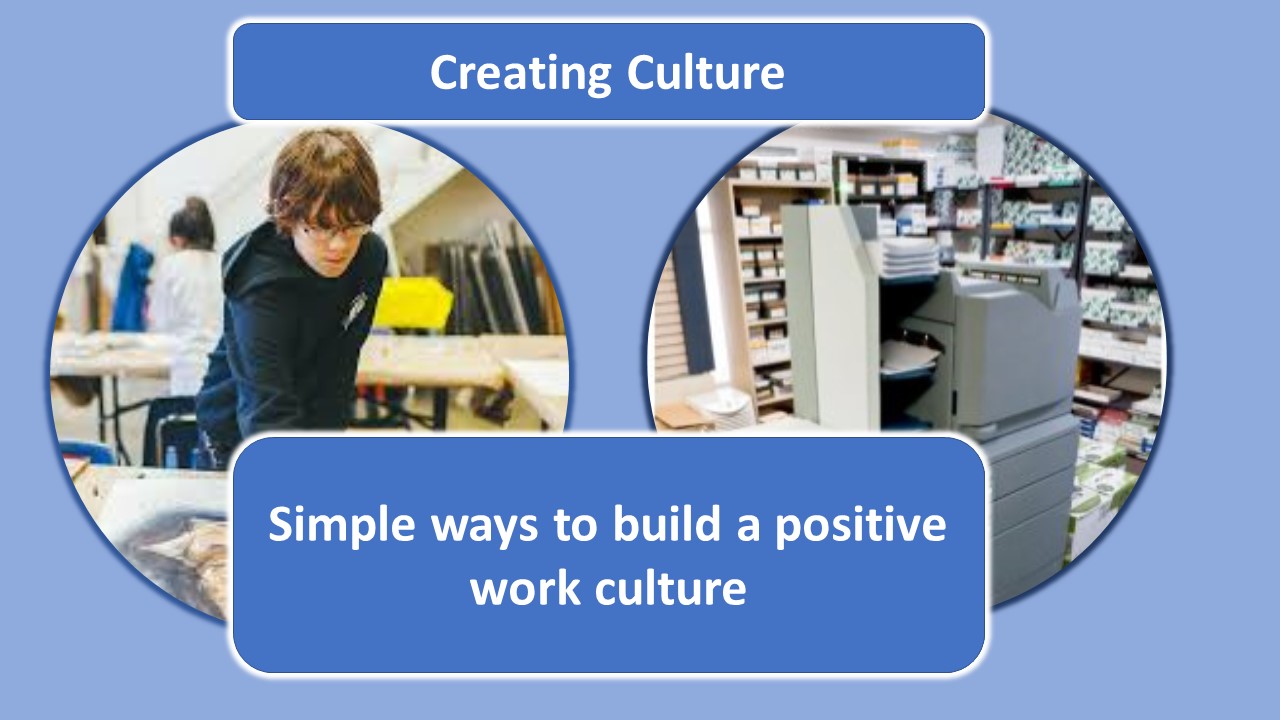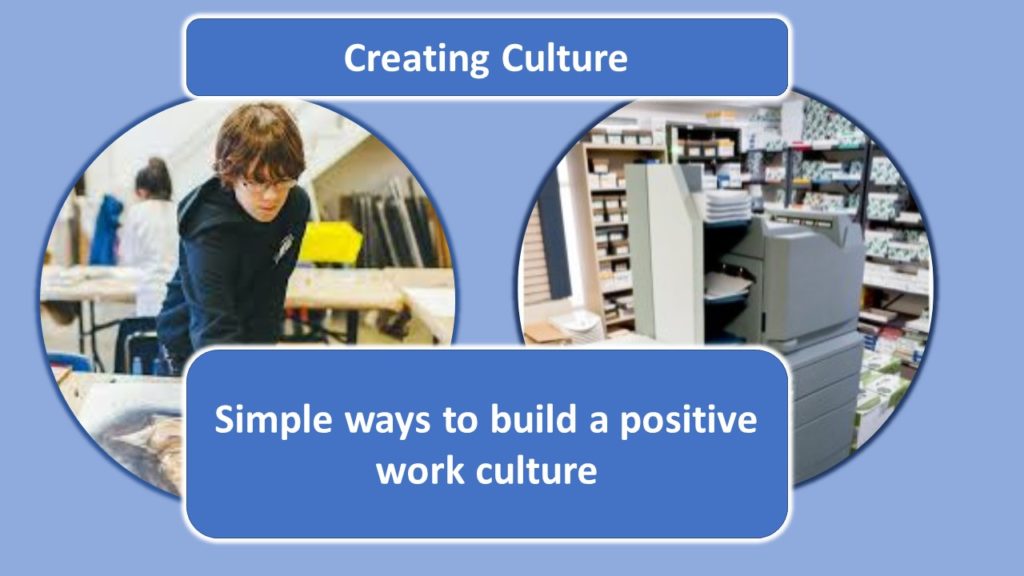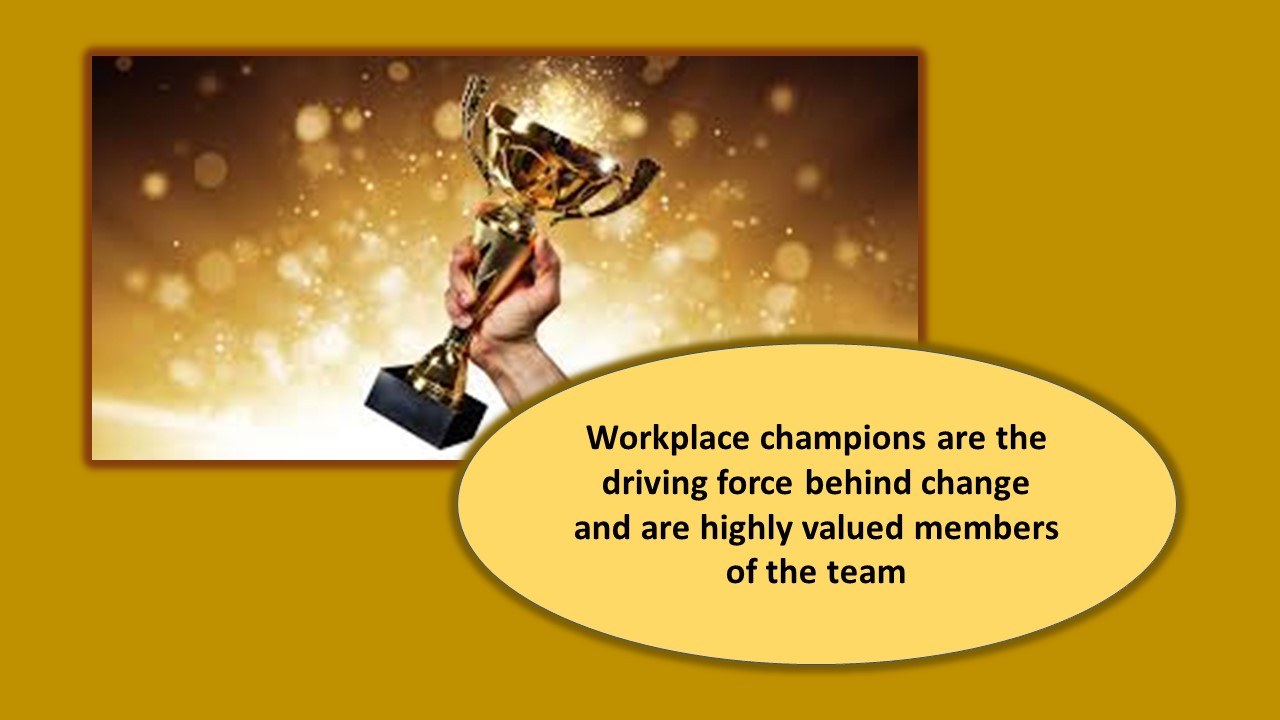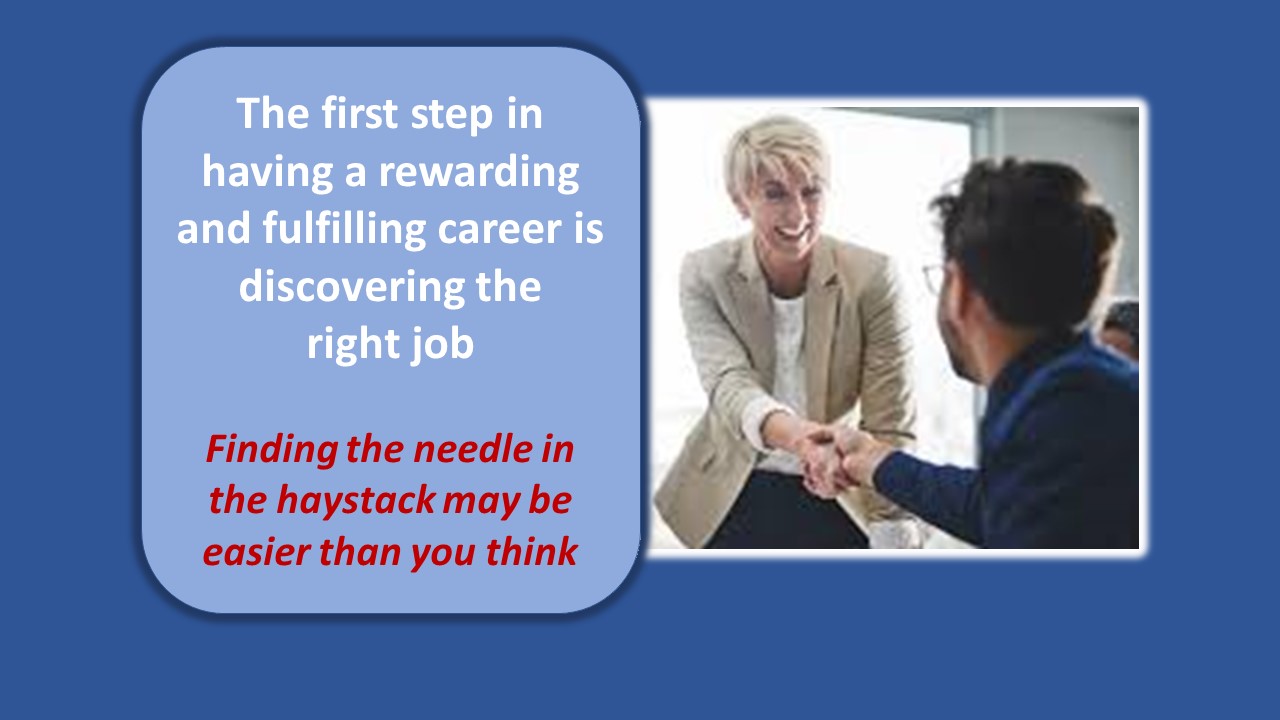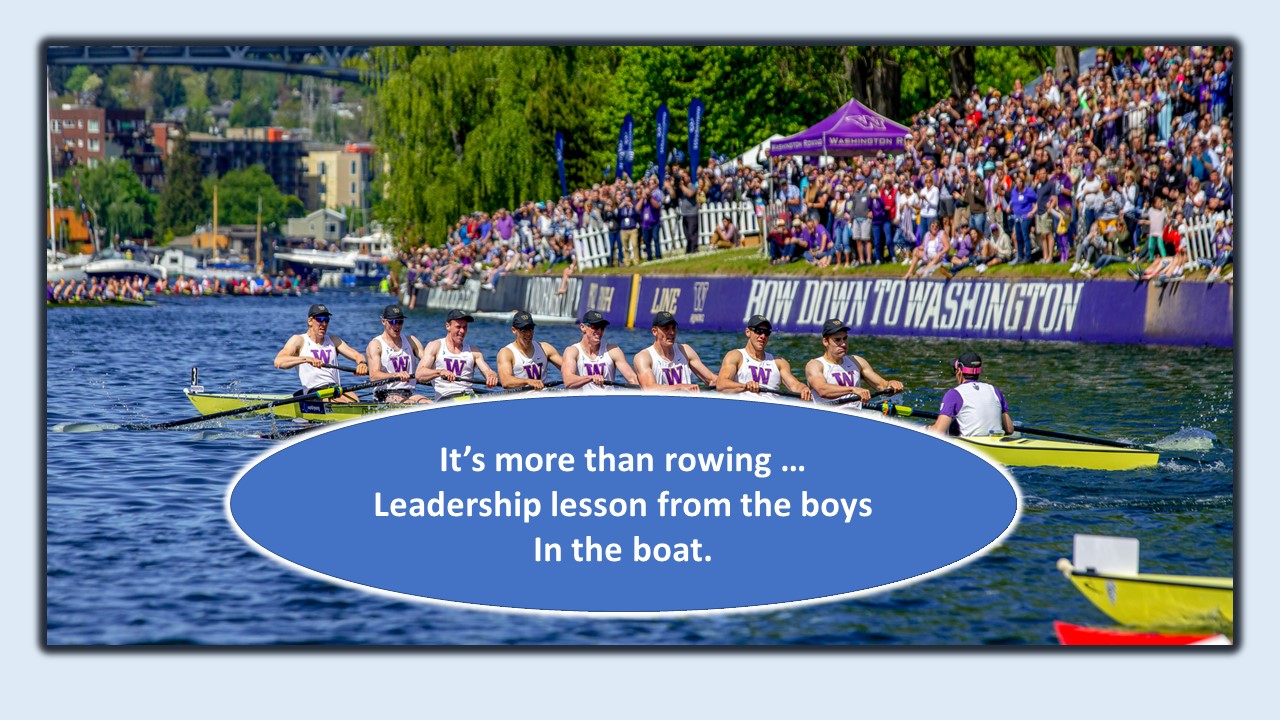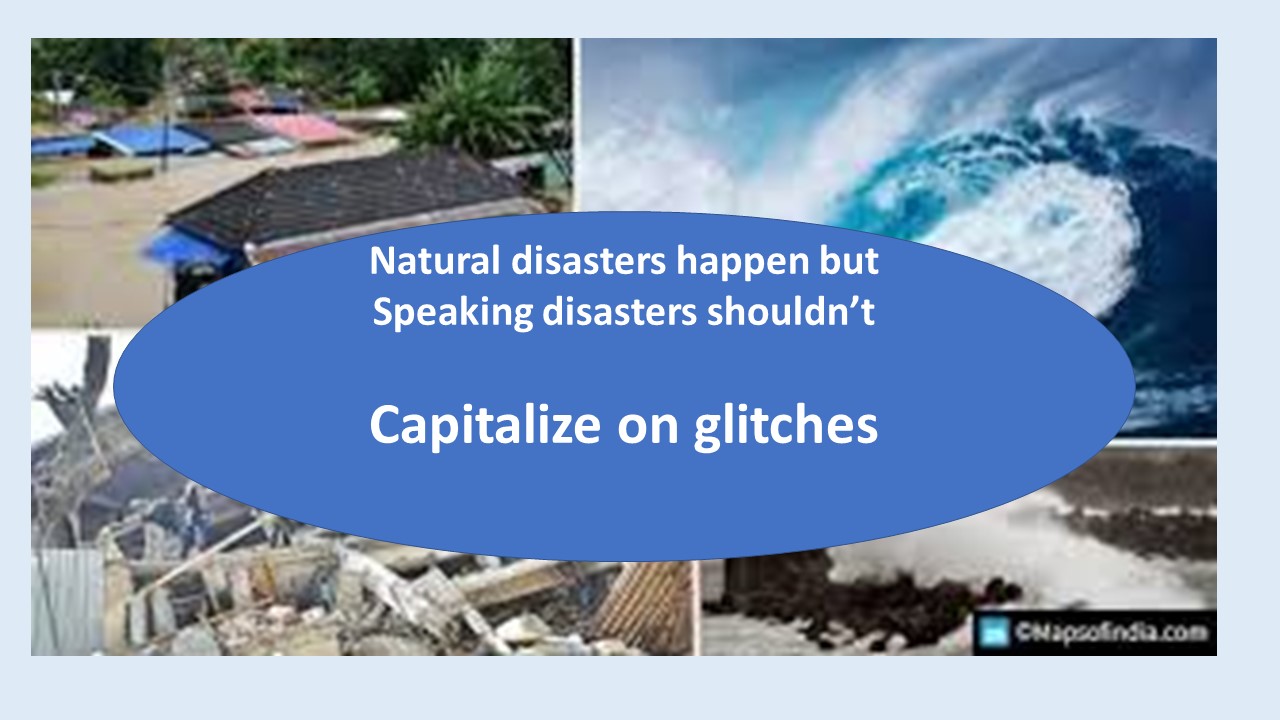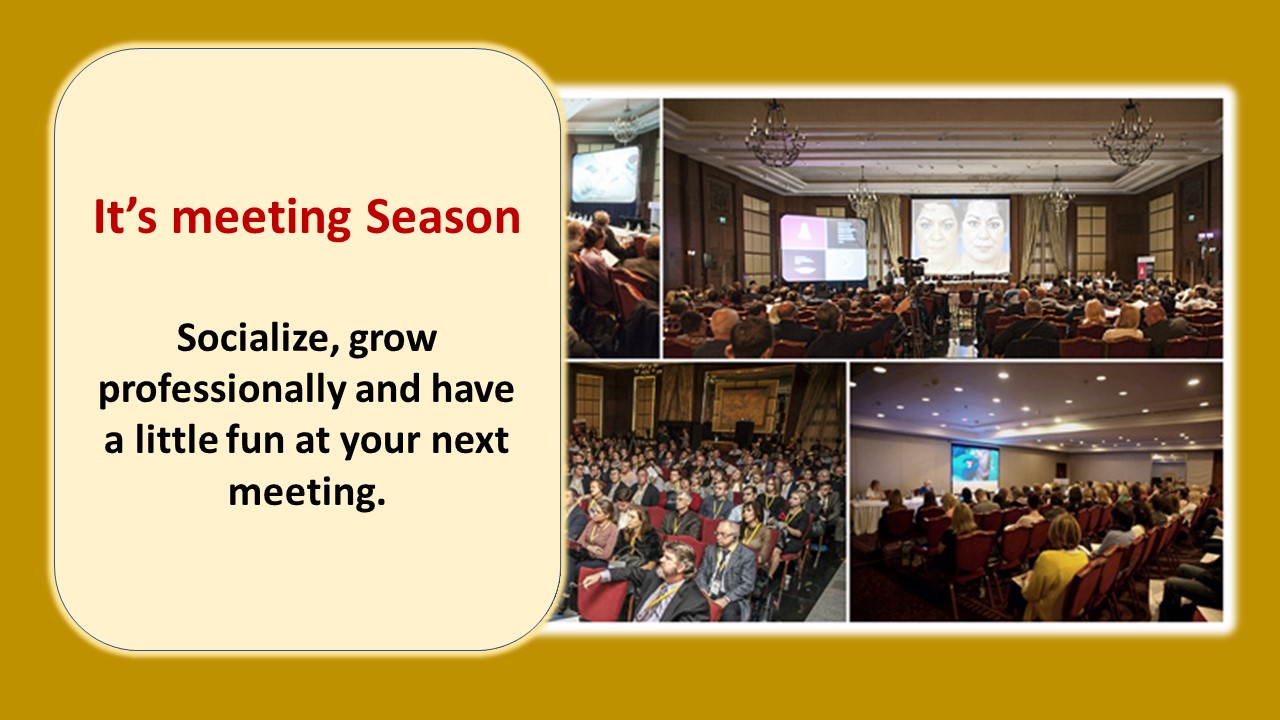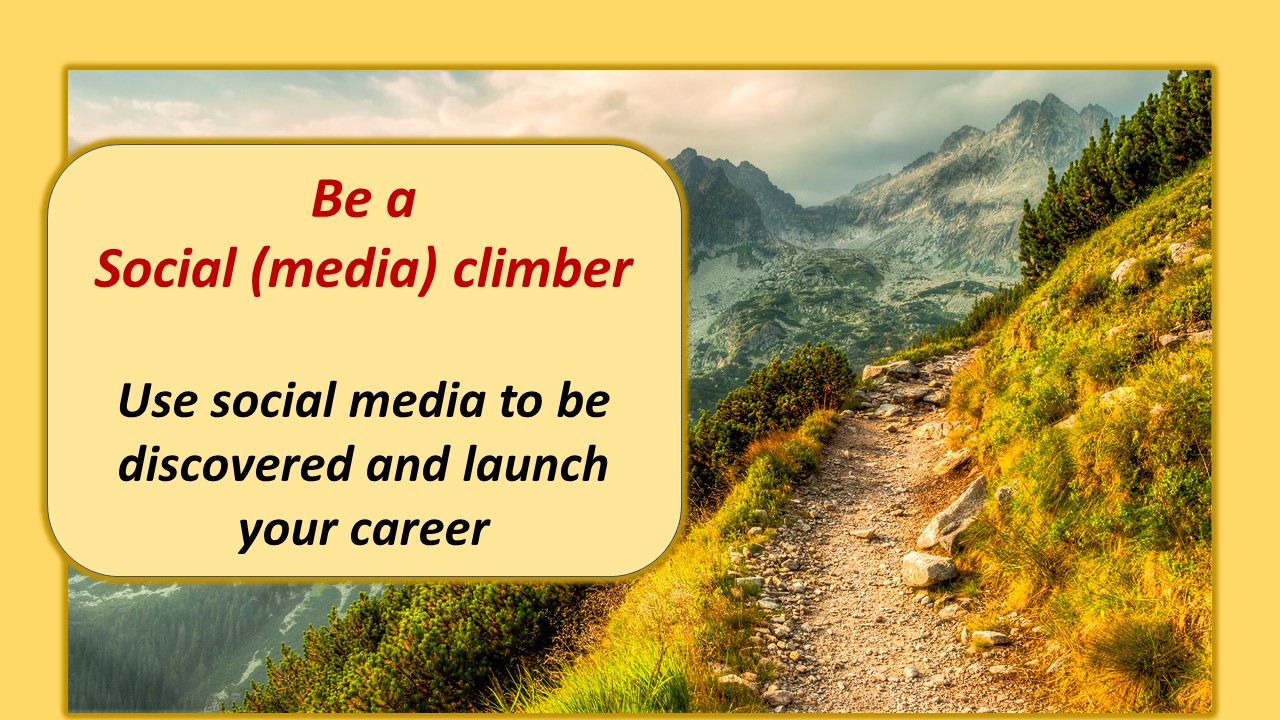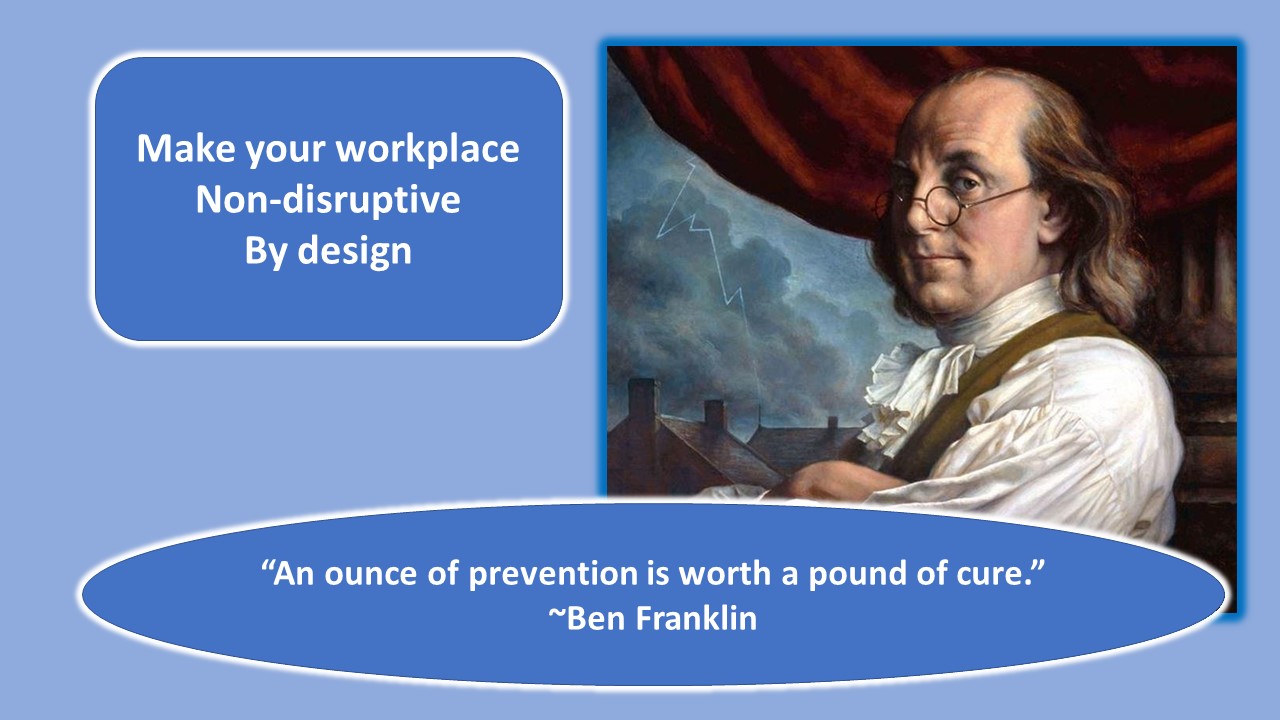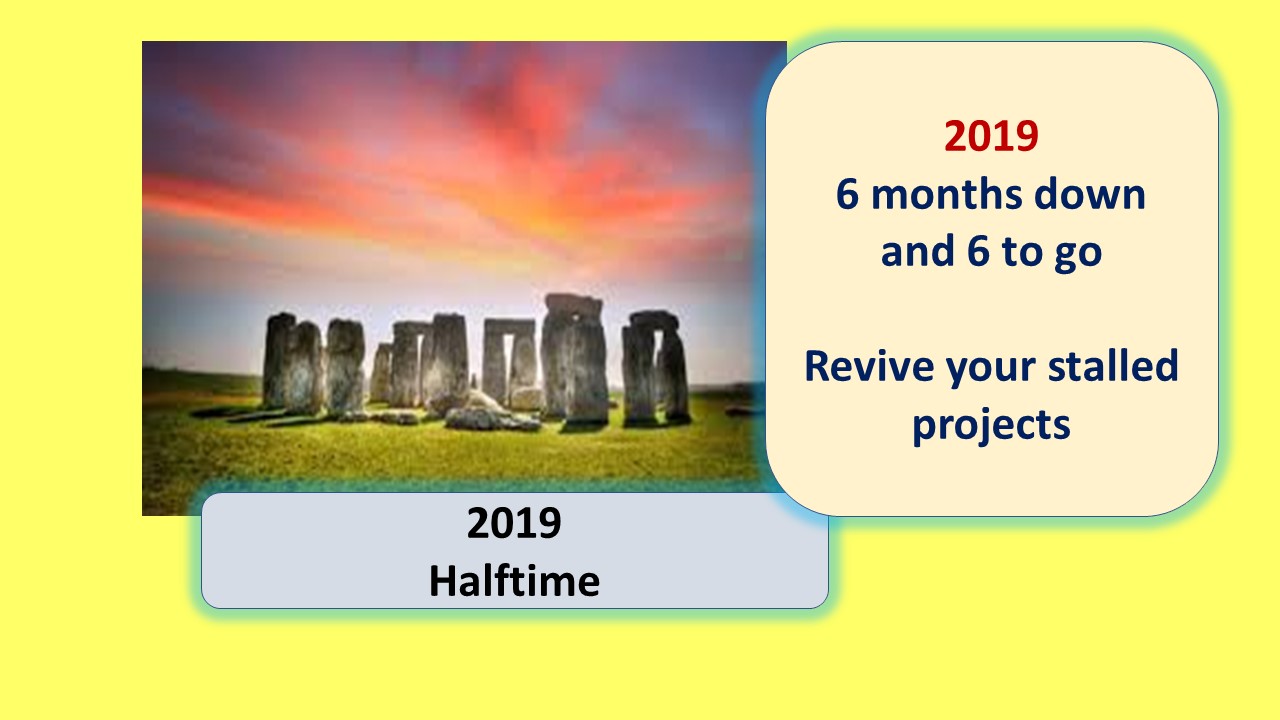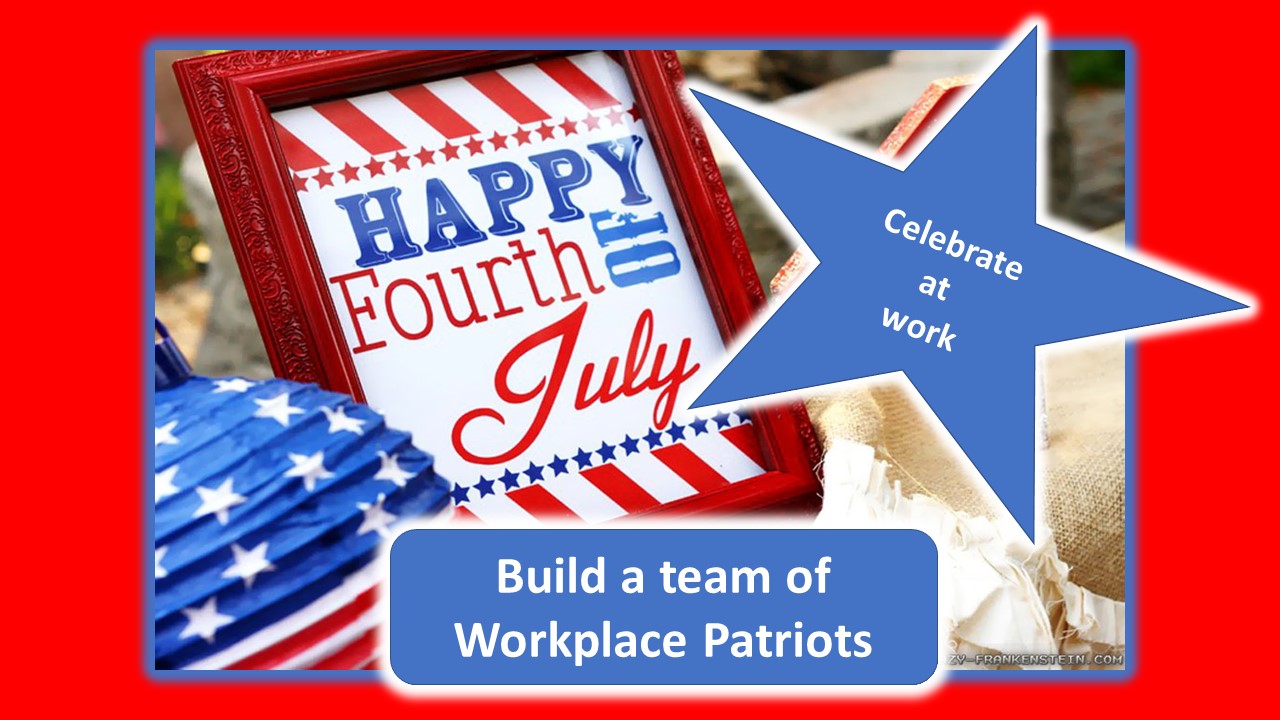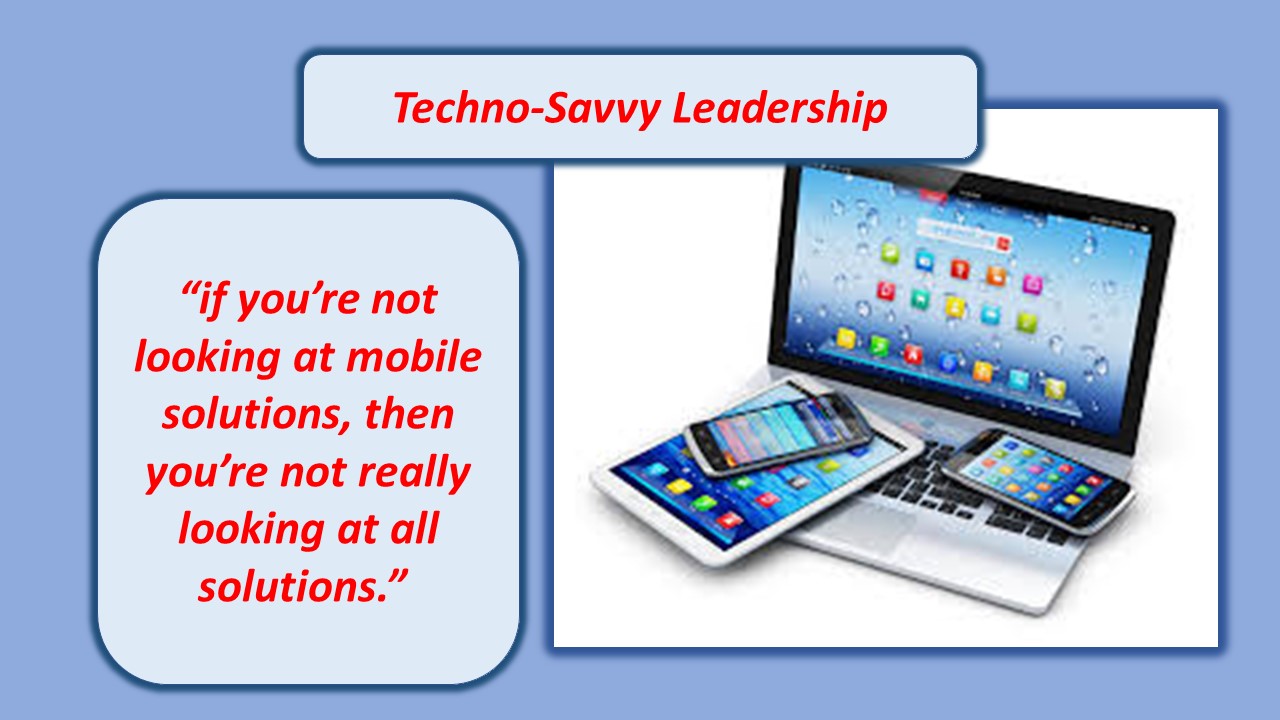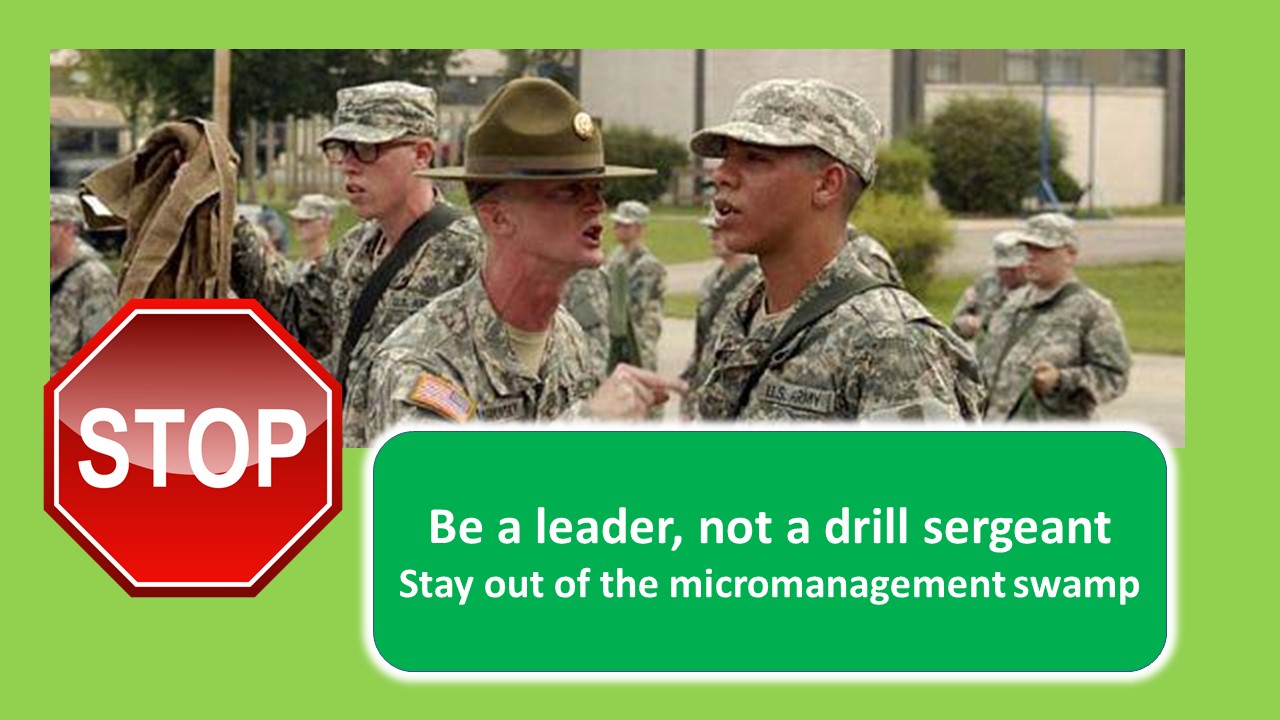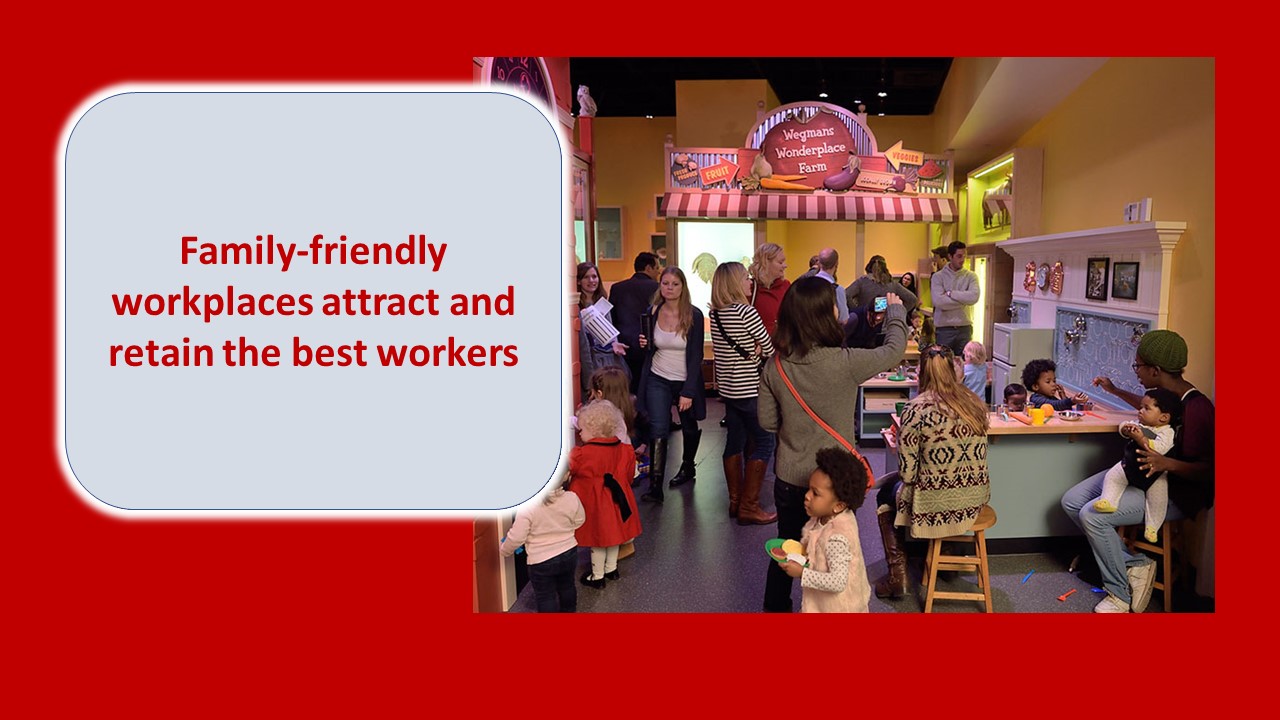By Thomas Davis, DNAP, MAE, CRNA
Follow @procrnatom on twitter
Four decades ago, I was a neophyte embarking on the challenge of learning to safely administer anesthesia, earn certification, and become a productive member of the profession. I recall being told several times that delivering anesthesia is like flying a plane; chaotic and high risk at takeoff and landing with hours of boredom in between.
Throughout the span of my career, other analogies have compared aviation to anesthesia. For example, as the patient safety movement gained momentum, John Nance’s book, Why hospitals should fly: The ultimate flight plan to patient safety, took the principles that vastly improved airline safety and applied them to healthcare. The book made a strong case for collaborative teamwork in the operating room to match that required of the flight crew in the cockpit.
An article by Scott McCartney published in the Wall Street Journal on January 15, 2020 ranked US airlines from the perspective of customer satisfaction. At the top of the list was Delta Airlines with a spectacular on-time record, few flight cancellations, low incidence of bumping customers and efficient baggage handling. Following closely were Alaska and Southwest with American Airlines at the bottom of the list of 9 companies vying for riders.
As an airline passenger, the article caught my eye and reading it triggered me to consider parallels between aviation and healthcare in terms of customer satisfaction. Re-reading the article, I noted the criteria used to separate the wheat from the chaff. Below are the standards that were used to rank the air carriers and thoughts on how they would manifest if applied to the healthcare setting.
- On time arrivals. When buying a ticket, passengers are given a specific time for the anticipated arrival at the destination. Likewise, when patients are scheduled for surgery, they are given a specific time to arrive the day of surgery as well as a time for the procedure to begin. Like travelers, patients have arranged to be dropped off and picked up based on the timeline that they were given to them prior to surgery. For the patient to have an on-time arrival, equipment, personnel and documentation must all be in place prior to the patient’s arrival. Once the patient has arrived, every effort must be made to keep the person informed and move him/her through the system as flawlessly as possible. Those receiving care in outpatient surgery centers must be ready to depart at the predicted time.
- Cancelled flights. Airline flights are not cancelled on a whim, but rather only when the system breaks down and it is not safe to proceed. Broken planes are grounded, and crew rest mandates are strictly enforced. In healthcare, cancelled surgery is the outward manifestation of a defective system. Broken equipment, inadequate pre-op workup, and failure to follow NPO guidelines are common causes for cancellation of surgery. On rare occasions, a conflict in the surgeon’s schedule may lead to cancellation. Regardless, proactively improving communication with both suppliers and patients will reduce the incidence of cancelled cases. Equipment requirements must be anticipated, and patients must be informed regarding pre-op expectations.
- Extreme delays. Being left to sit for hours (or days) in the waiting area of the airport can be as bad or worse than having a flight cancel. Weather, maintenance or crew rest may delay a flight; however, in healthcare unrealistic scheduling is a common culprit for delays. Overbooking creates unrealistic expectations and ensures that patients will experience delays. Procedures must be scheduled based on historical time averages rather than best case scenarios.
- Mishandled baggage. I remember many years ago when a disgruntled friend had a bad experience with Delta Airlines and said, “Delta stands for don’t expect luggage to arrive.” They have come a long way and are now at the top of the industry when it comes to baggage handling. In healthcare, patient belongings are as important as the airline traveler’s bags. When you lose a pair of glasses or hearing aid and the patient will tell the story for the next 10 years. In addition, the patient’s driver or family can be considered baggage that deserves to be handled respectfully. Provide a comfortable waiting area and offer frequent updates to show your regard for their tie to the patient.
- Bumping. There is nothing worse than buying the ticket, arriving on time at the airport, surviving the security check and then being told that your seat was given to another person. The plane takes off, but you are not on it. In healthcare, emergencies arise and sometimes the surgeon is not available to do the case. All effort should be made to keep commitments and make reasonable accommodation where needed. Scheduled cases should not be cancelled at the last minute to accommodate short notice vacation. A case cancelled because of lack of equipment represents a total breakdown in the system.
- Complaints. In both the airline and healthcare industries complaints come with the territory. Having a smoothly functioning system and engaged, customer-oriented employees will reduce but not eliminate complaints. The question is not whether complaints will be lodged but rather how you react to them. Client centered organizations will welcome complaints as a source of insight that will lead to improved service in the future. Lesser organizations will simply track numbers and learn nothing about their failures in delivering the promised service.
Earning a top rating for customer service requires employees at all levels to be fully engaged in their work and be committed to creating a positive experience for the client. Although cause and effect have not been claimed, Scott McCartney noted that while being rated 2019, American Airlines was in contract negotiation with maintenance and baggage workers. It was implied that employees were not fully engaged in their job and that worker sabotage was tied to the low satisfaction scores.
Customer satisfaction is driven by the front line, not by the front office. The Board of Directors can build a solid corporate structure, but the passenger/patient remembers the attitude of those they encounter during the journey and whether promises were kept. Delta’s number one ranking was no fluke and employees at all levels worked diligently to provide the promised service and deliver it with a positive friendly demeanor. When the rankings were announced, Delta executives were pleased; however, rather than taking personal credit, the Board of Directors showed appreciation for their workers and posted the following: “There’s no higher honor for Delta when our employees are recognized for the work that they do to take care of our customers.” Clearly, passengers can expect a smooth ride on Delta Airlines.
Tom is an experienced leader, author and requested speaker.
